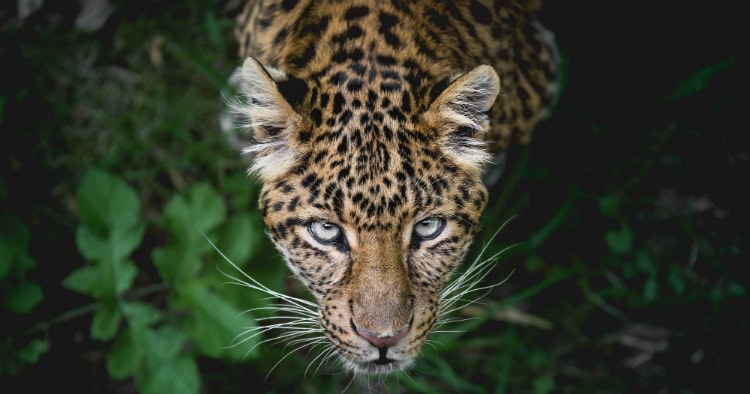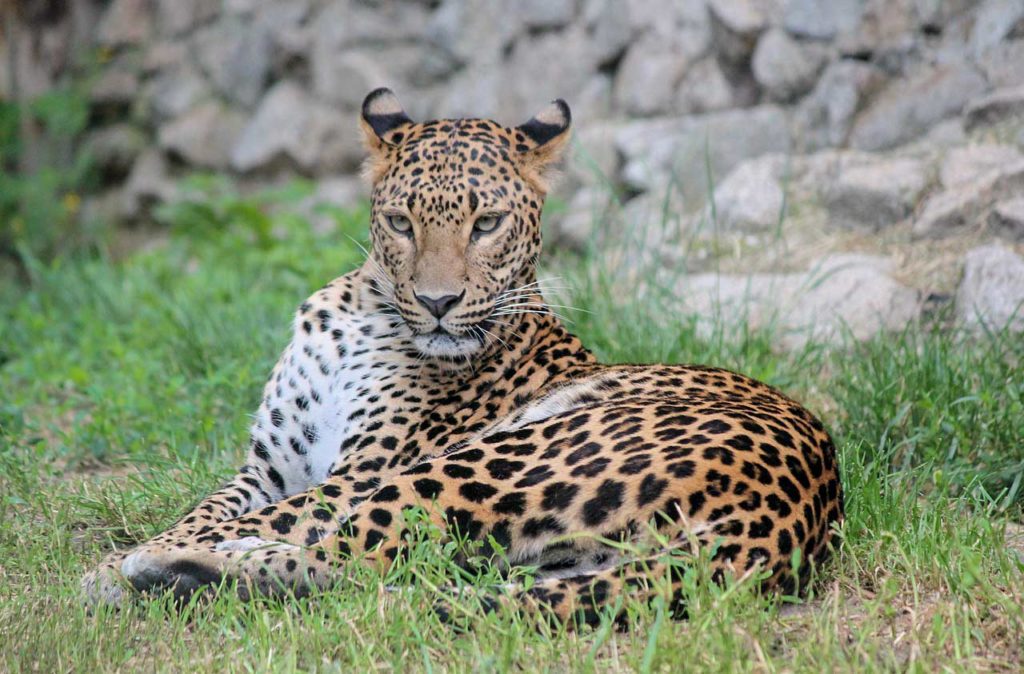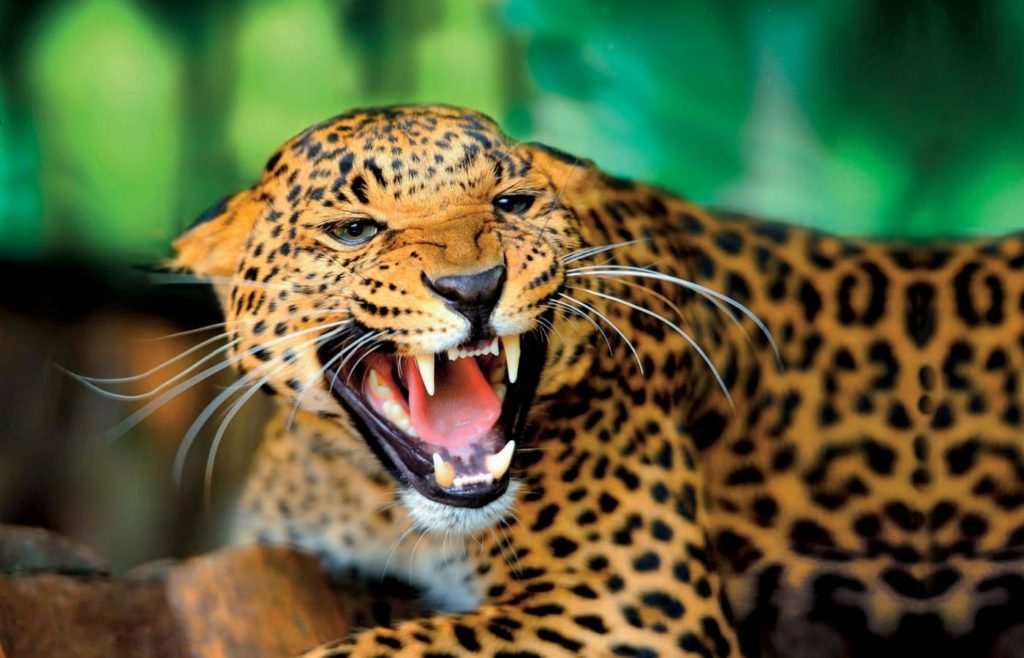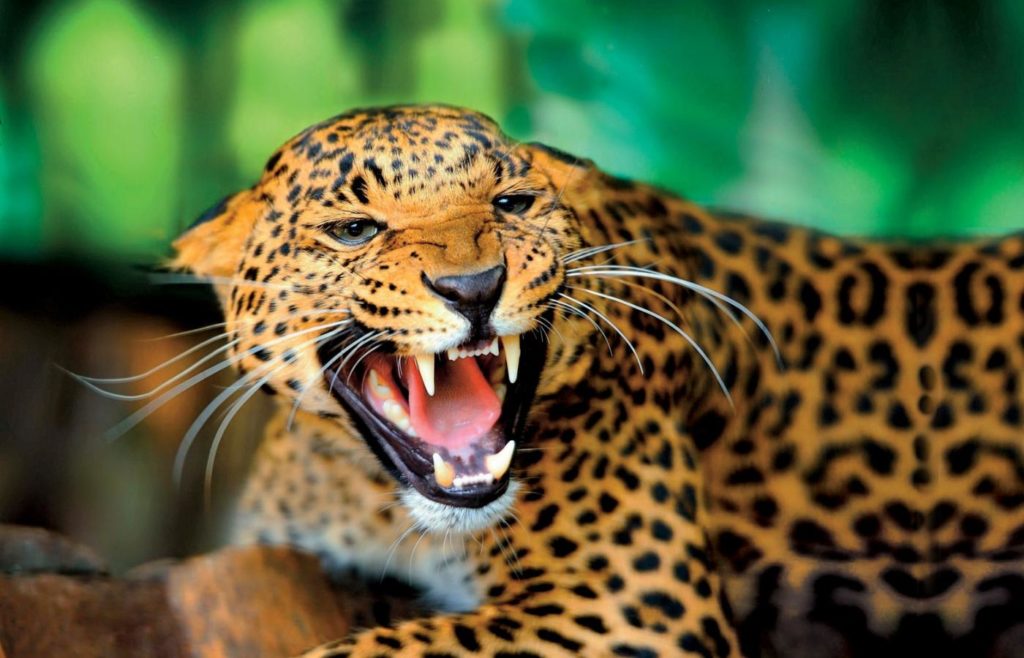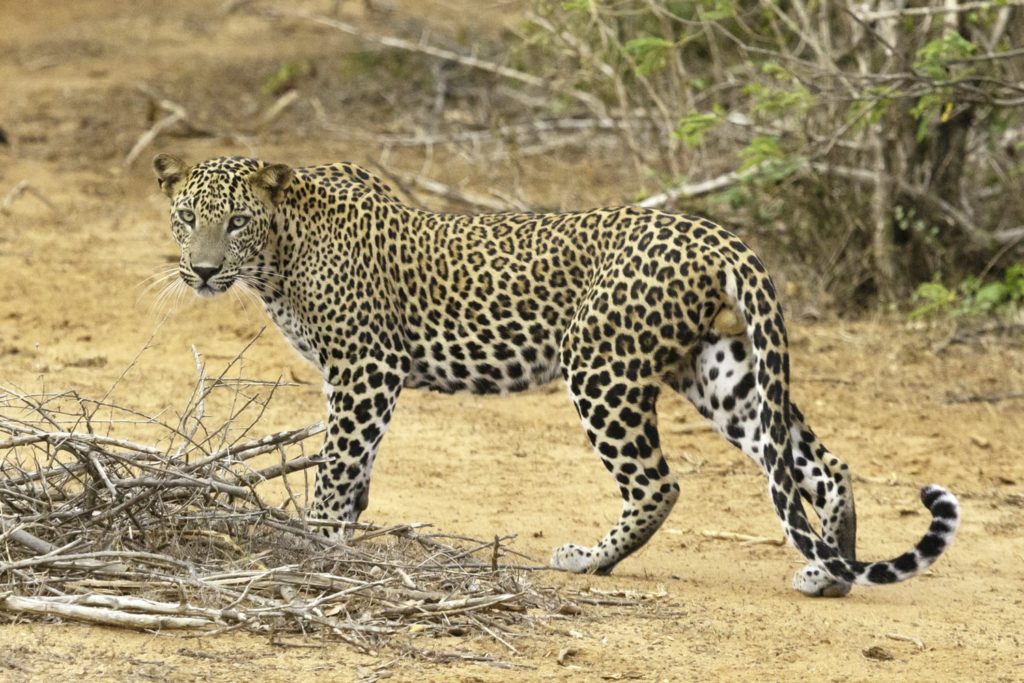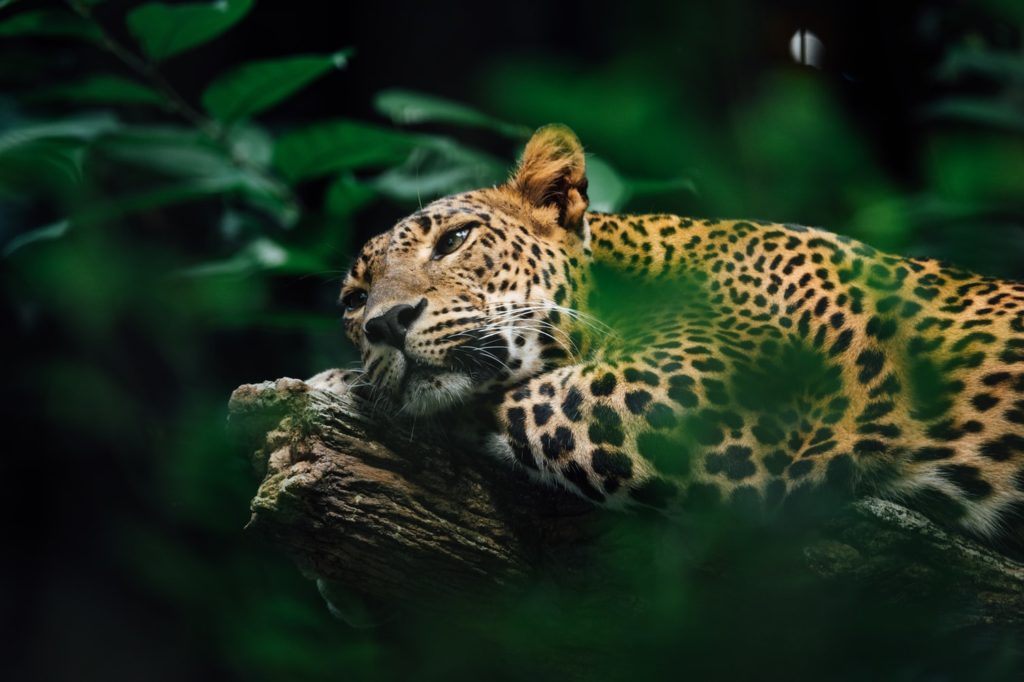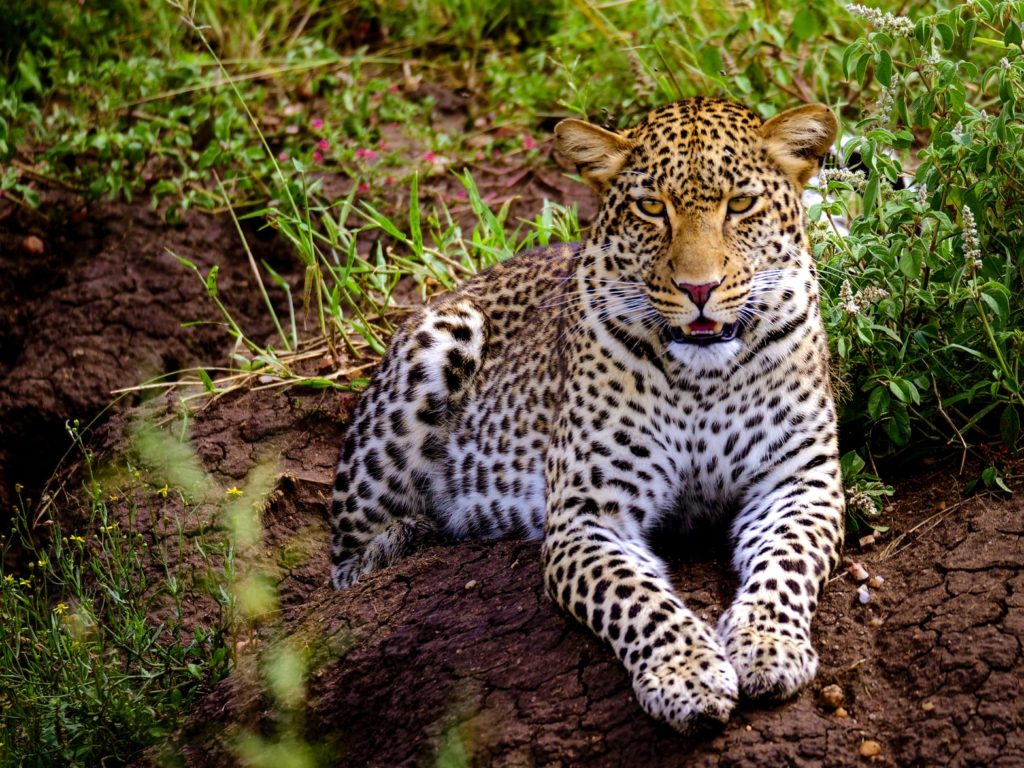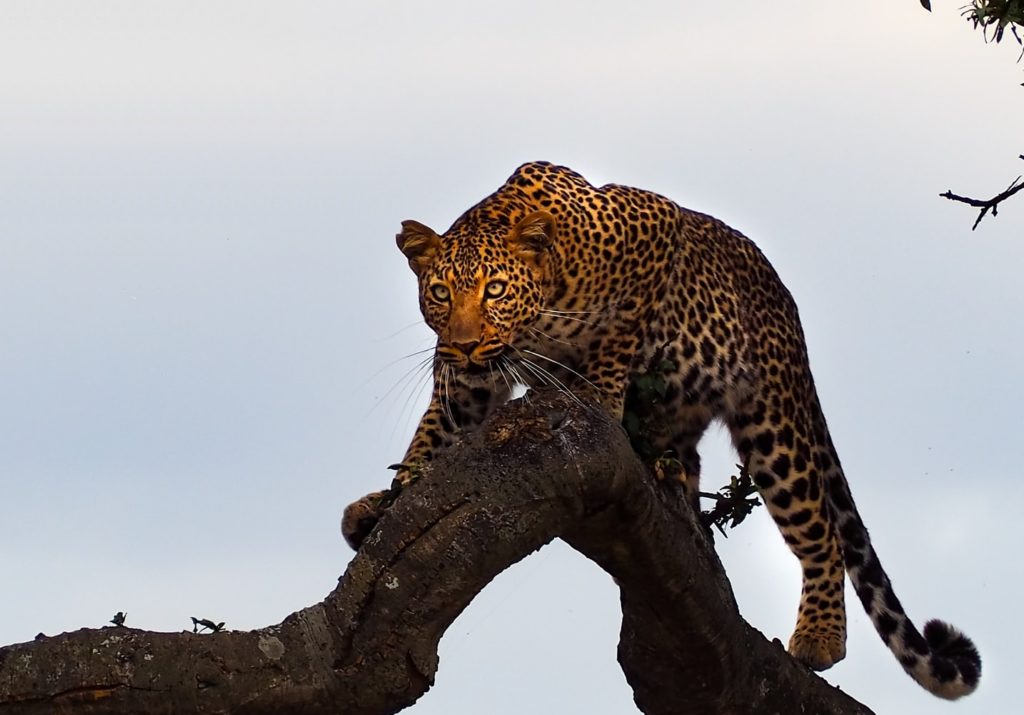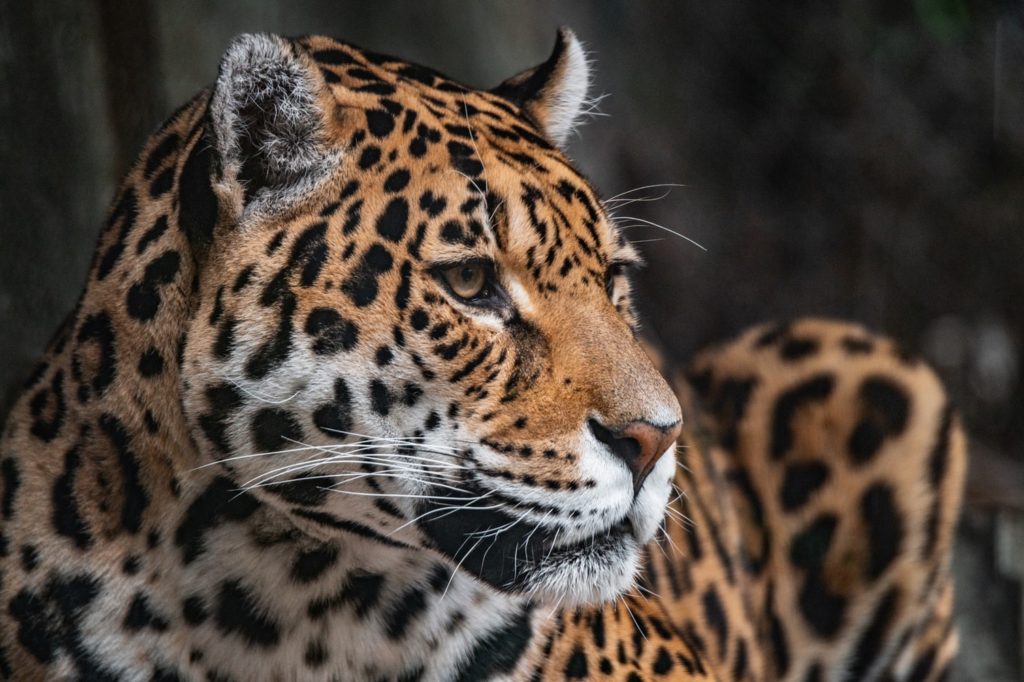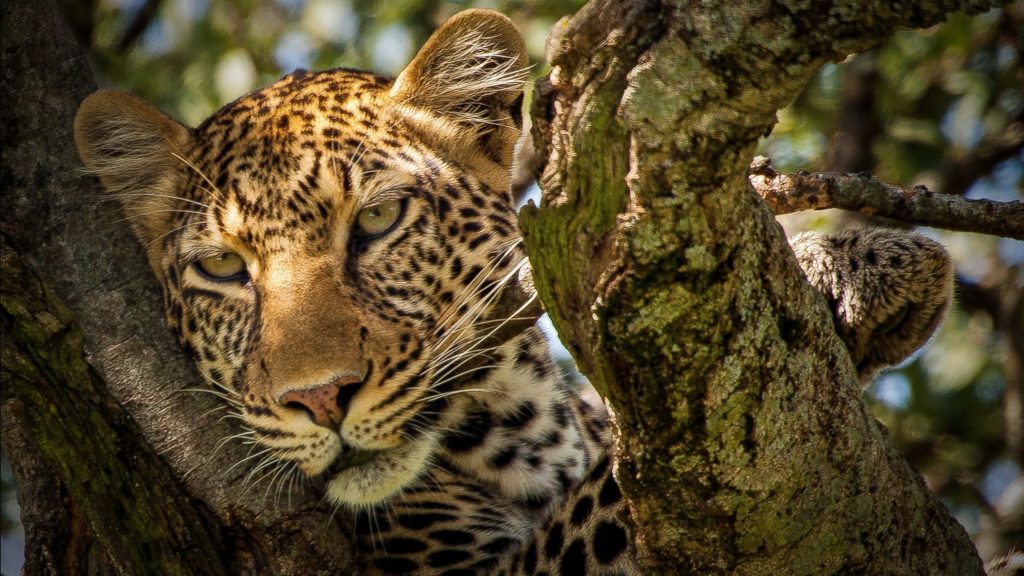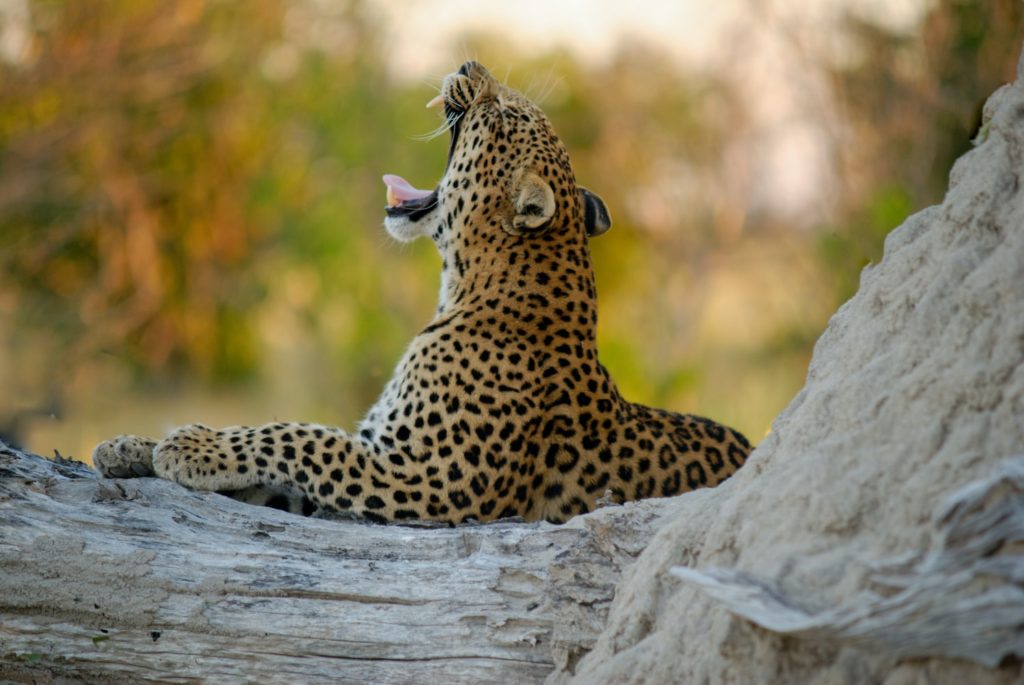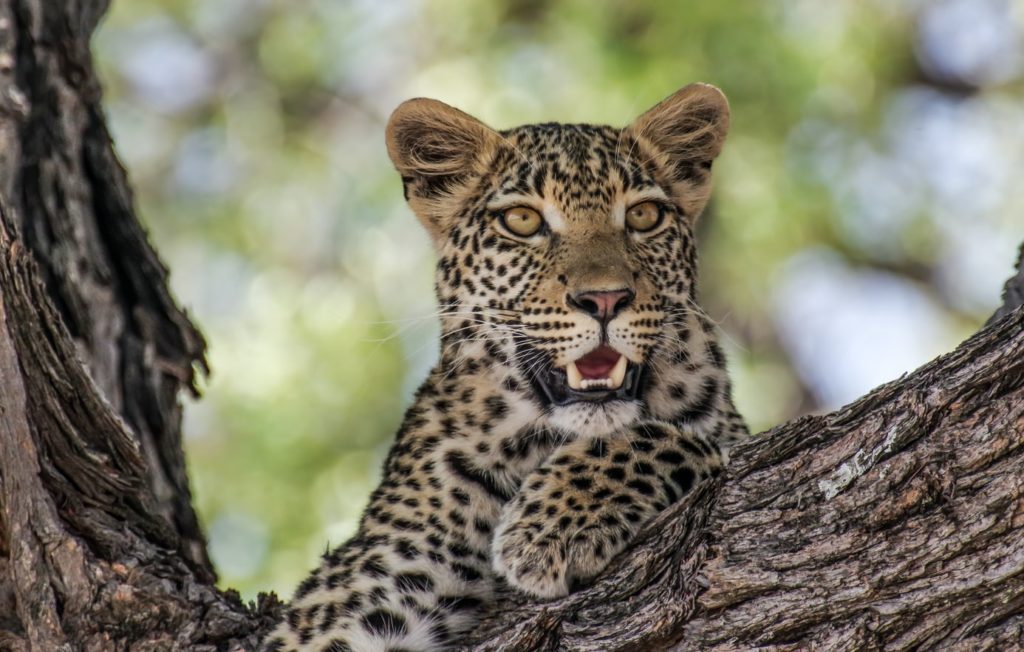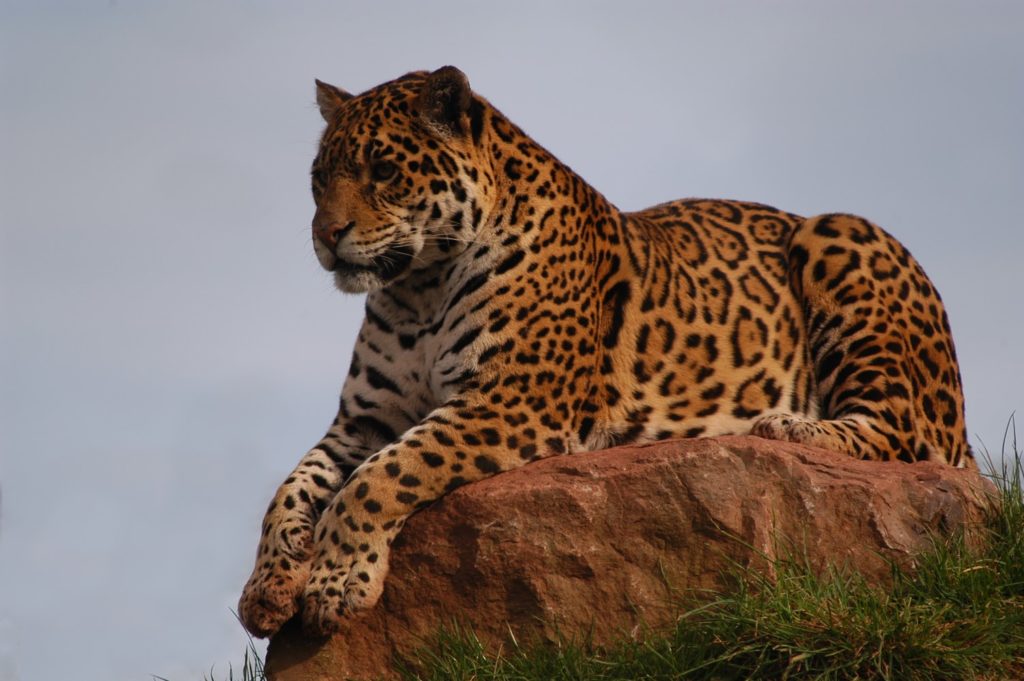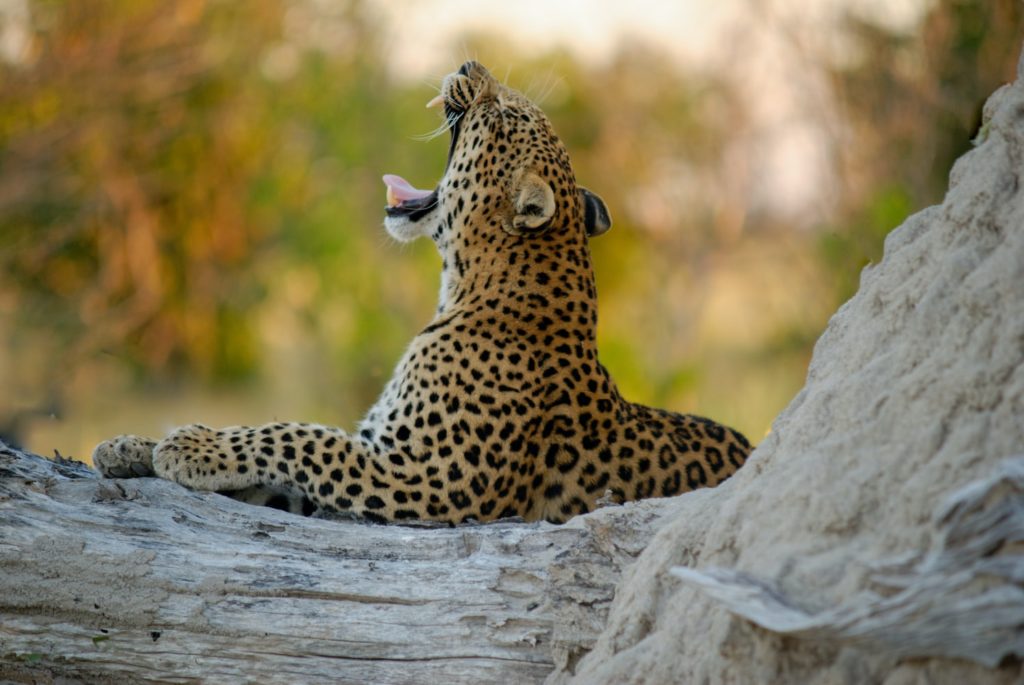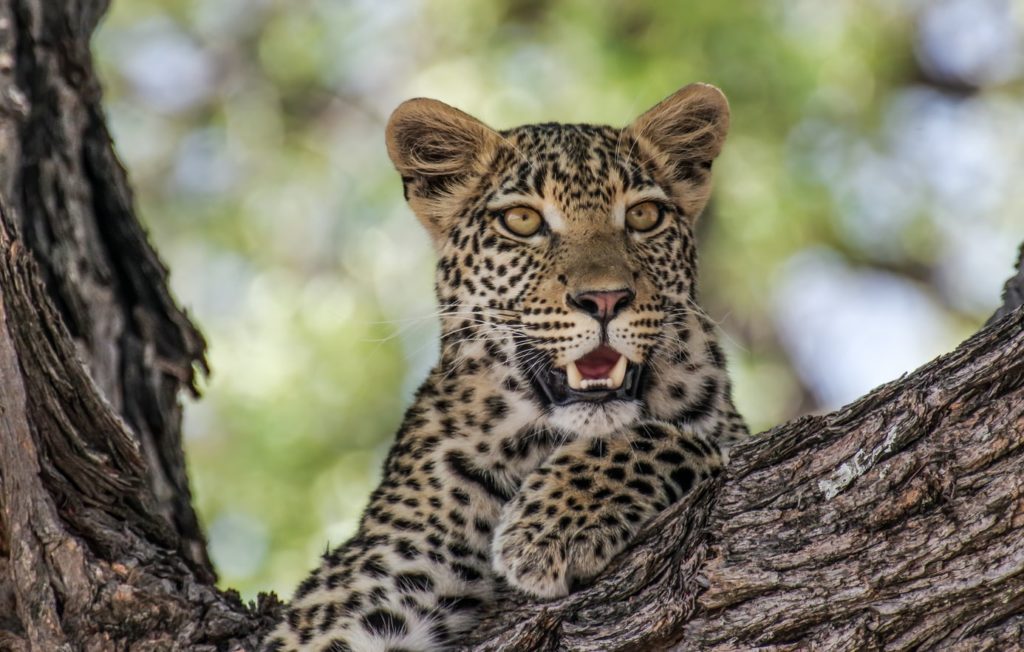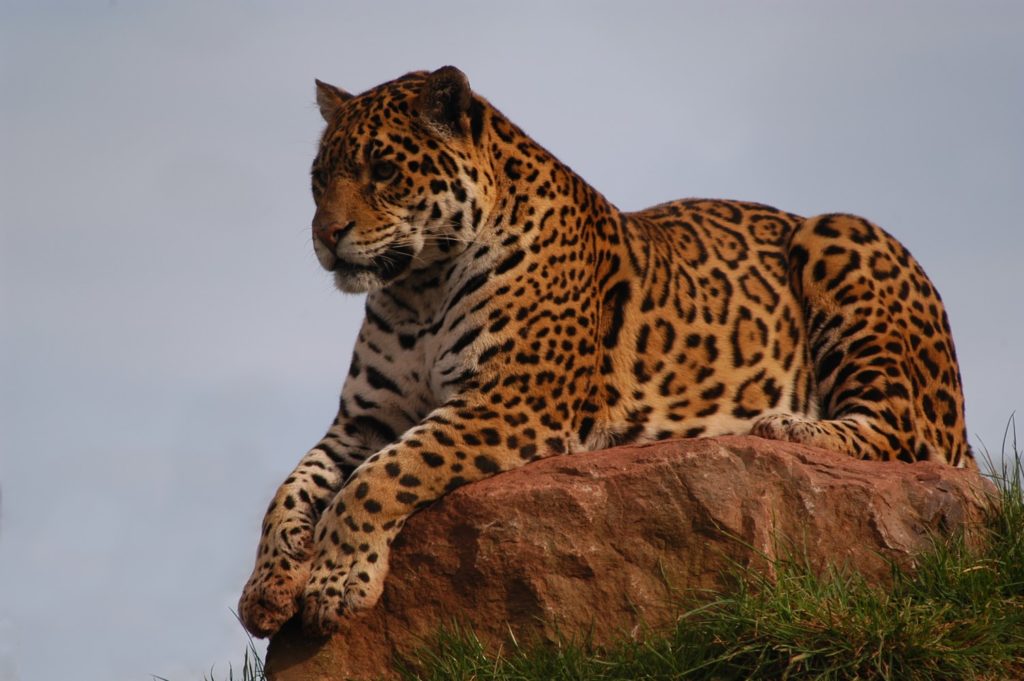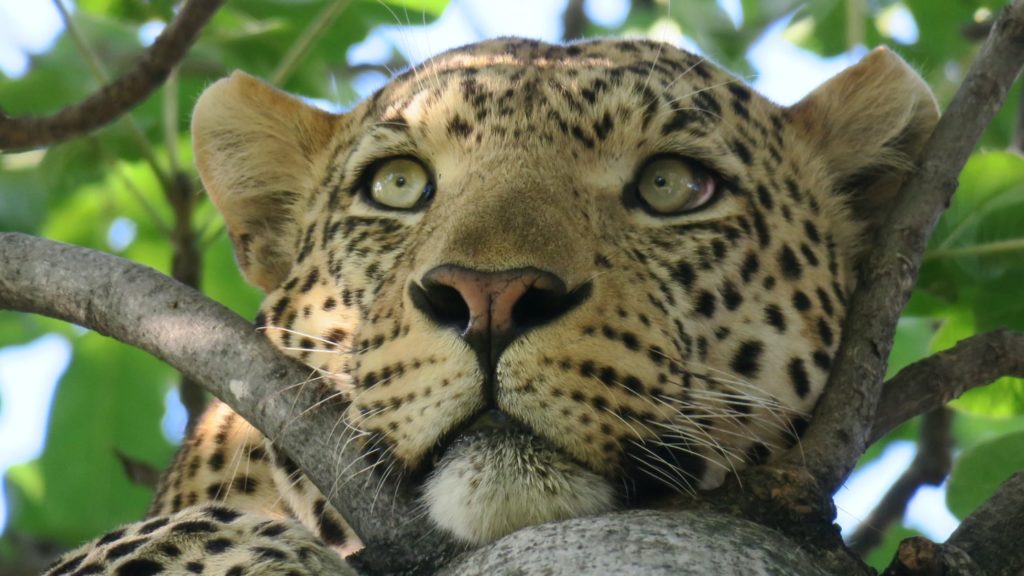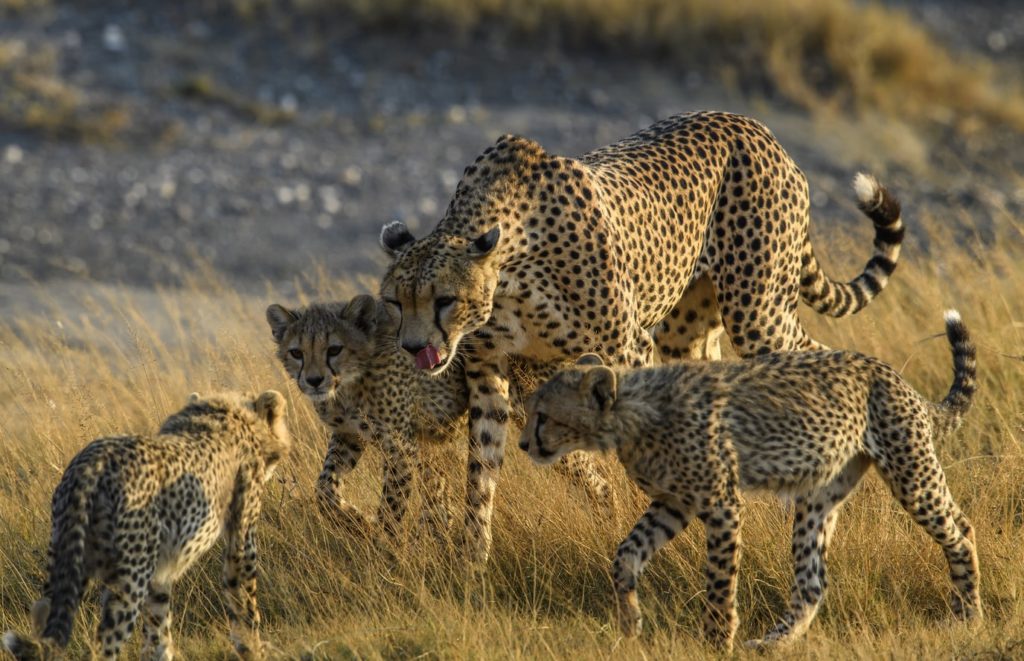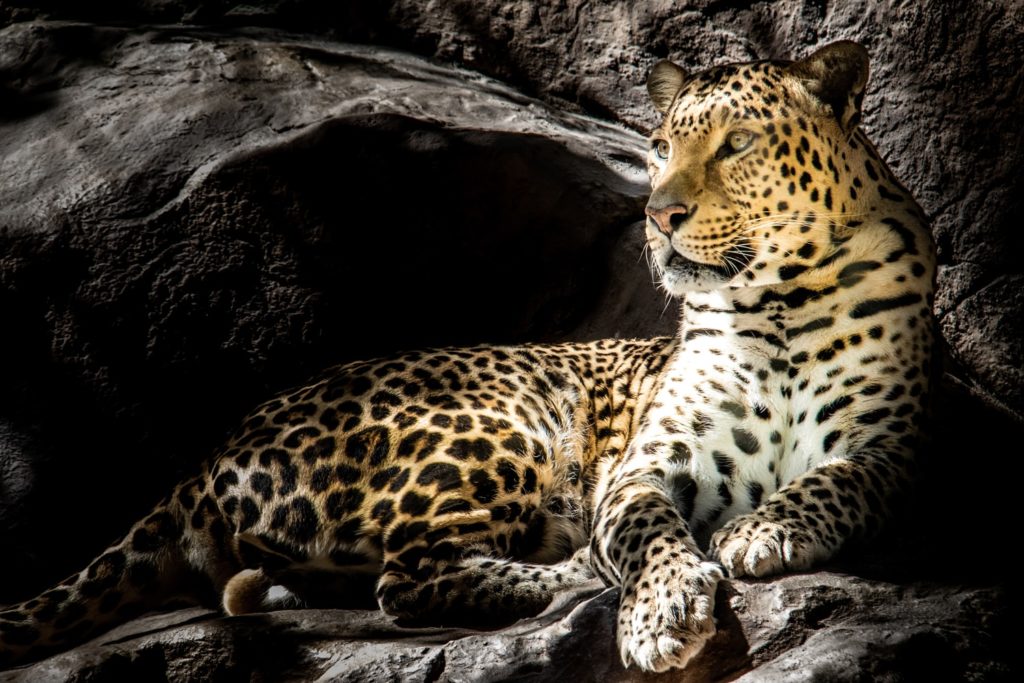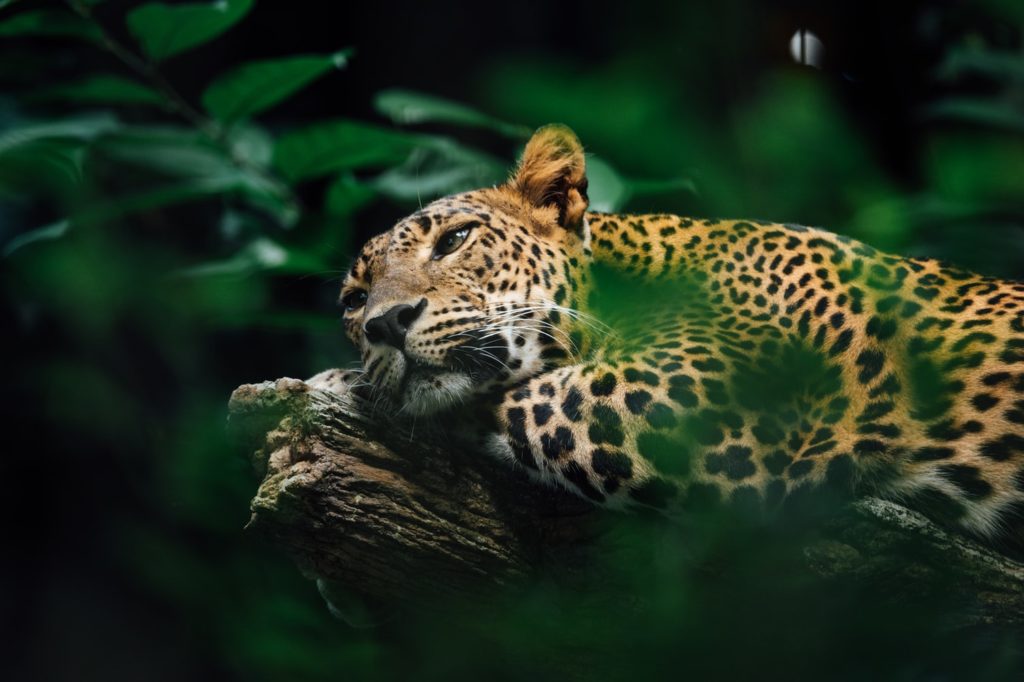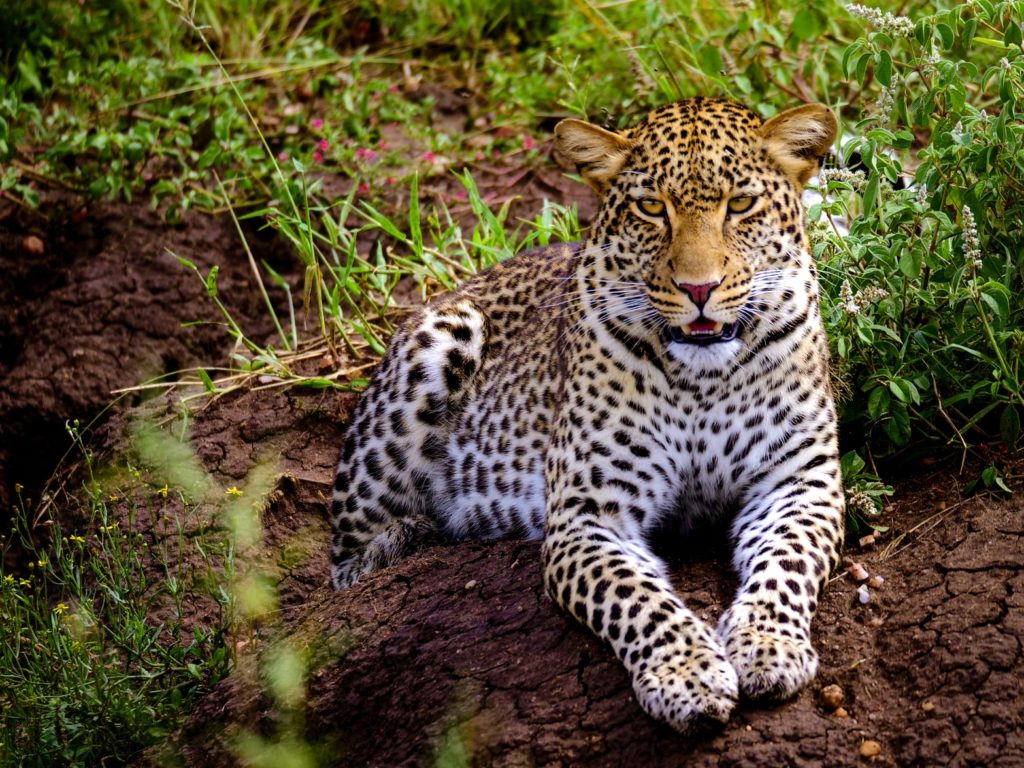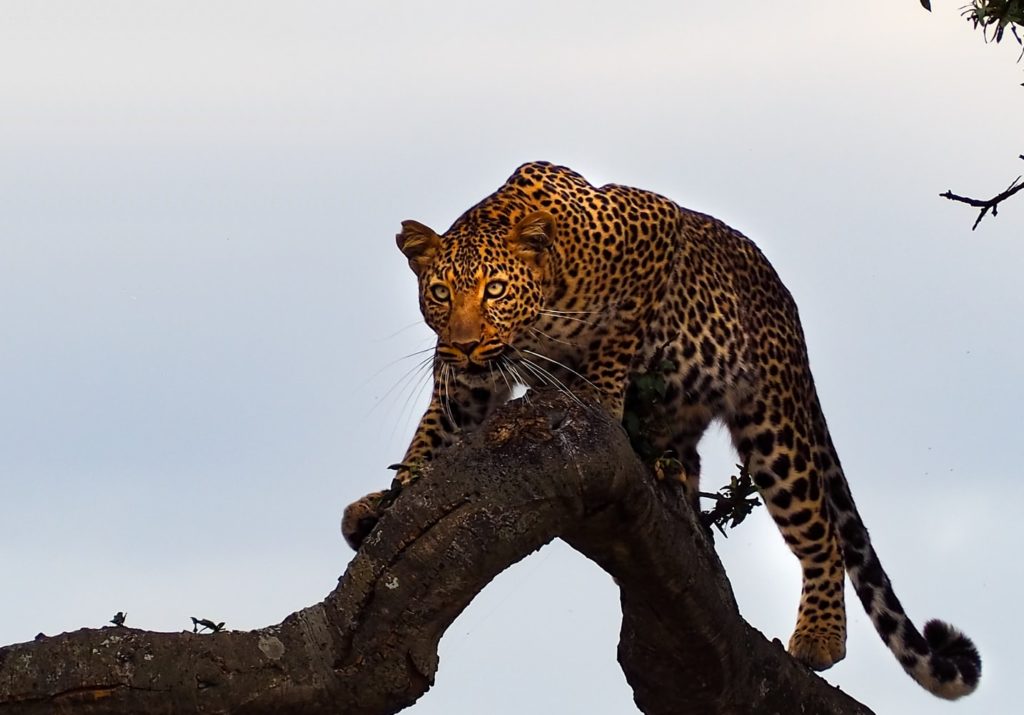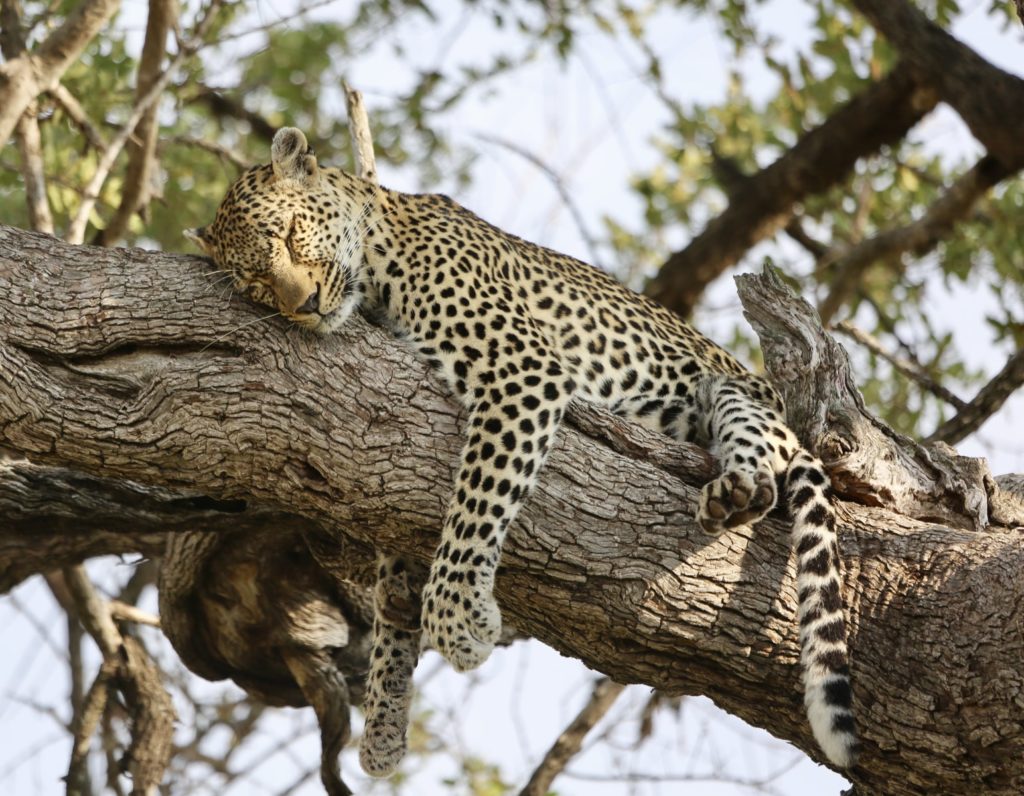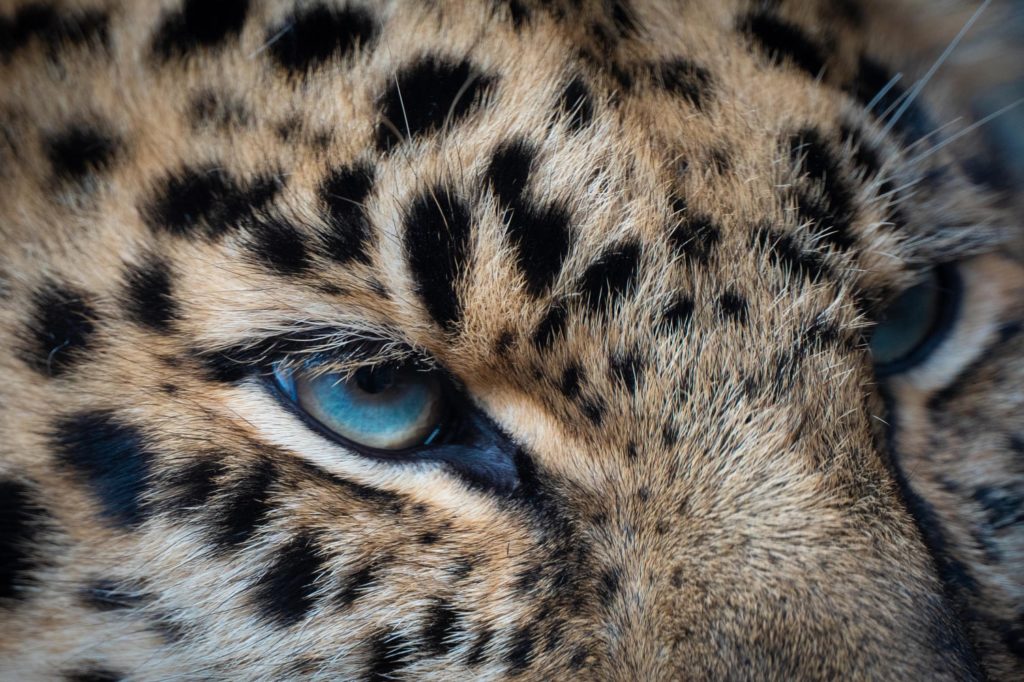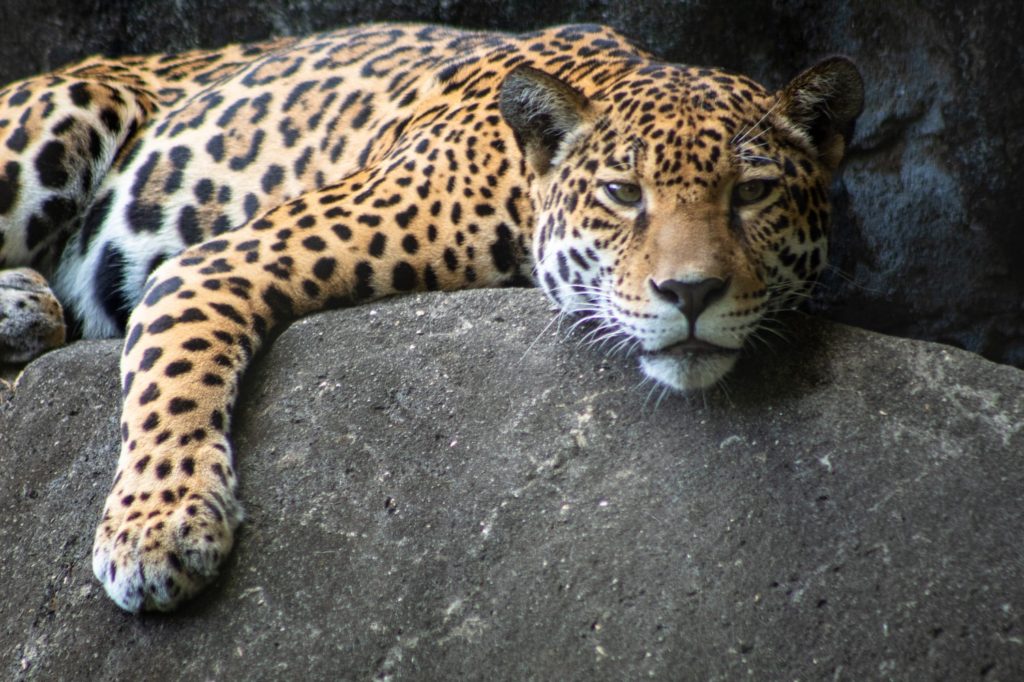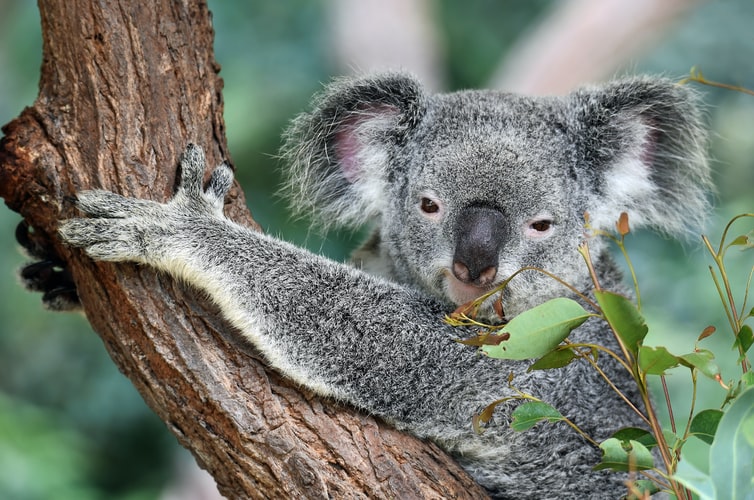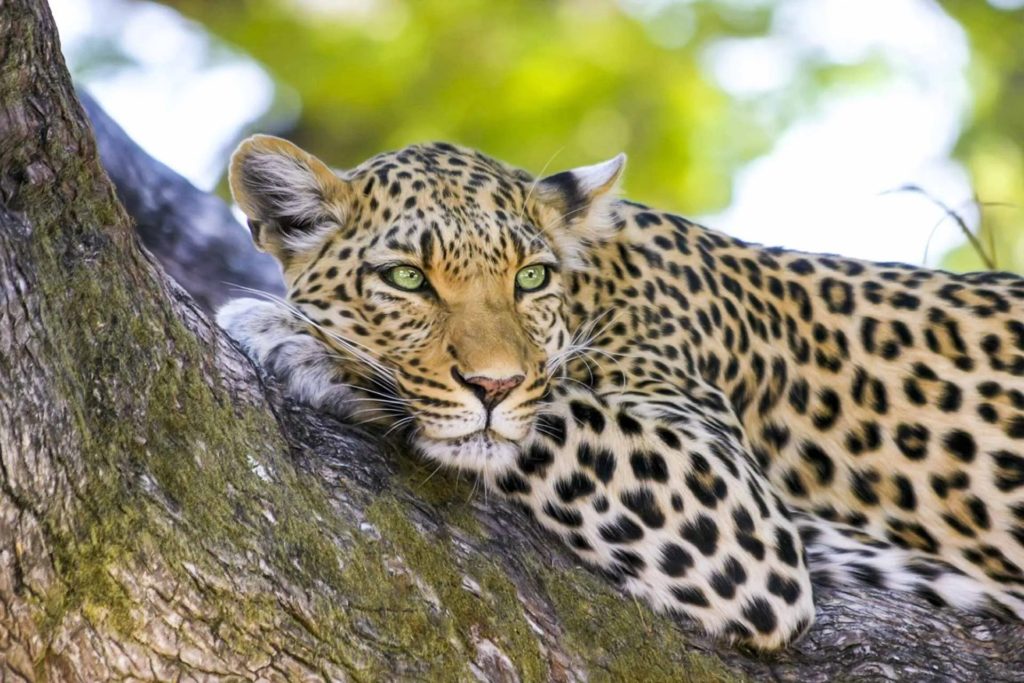
The incredible fascination that humans have for wild cats’ dates back to ancient times. Their majestic look. The speed and the strength, but most of all, the unique fur coat adorned with spots . they fascinate scientists and regular people for ages.
Their solitary behavior also does not make anything easier, seeing of wild cats in their natural environment almost a miracle. In terms of elusiveness, the leopard is definitely at the forefront, it does not want to be watched, making it dizzy when trying to estimate its population of researchers.
A Lampart, a Panther or maybe a Leopard?
All three of these names refer to the same species, namely the spotted leopard (Panthera pardus), a mammal of the panther subfamily that also includes the lion, tiger, and jaguar. It is often confused with the latter, but it is distinguished from its American cousin by a smaller build and densely scattered, small spots without additional central spots.
Adaptation
Leopard perfectly adapts to various climatic conditions, which means that its range covers a huge area, stretching from central and southern Africa, western and central Asia, through the European part of Russia, to Southeast Asia. The main feature that distinguishes him from other large cats is his spotted, characteristic shape, thick and soft fur, which caused him a lot of trouble in the form of poachers lurking for them. Its primary color depends on many factors, including the climate of the environment that this wild cat inhabits. The ones living in dry areas tend to become pale, cream-colored fur, while those inhabiting forests and mountains are darker, almost golden. The pattern of their characteristic spots also varies depending on the population – they take a rounder shape for East African variety, square for South African examples, and the Asian ones have them much larger than others.
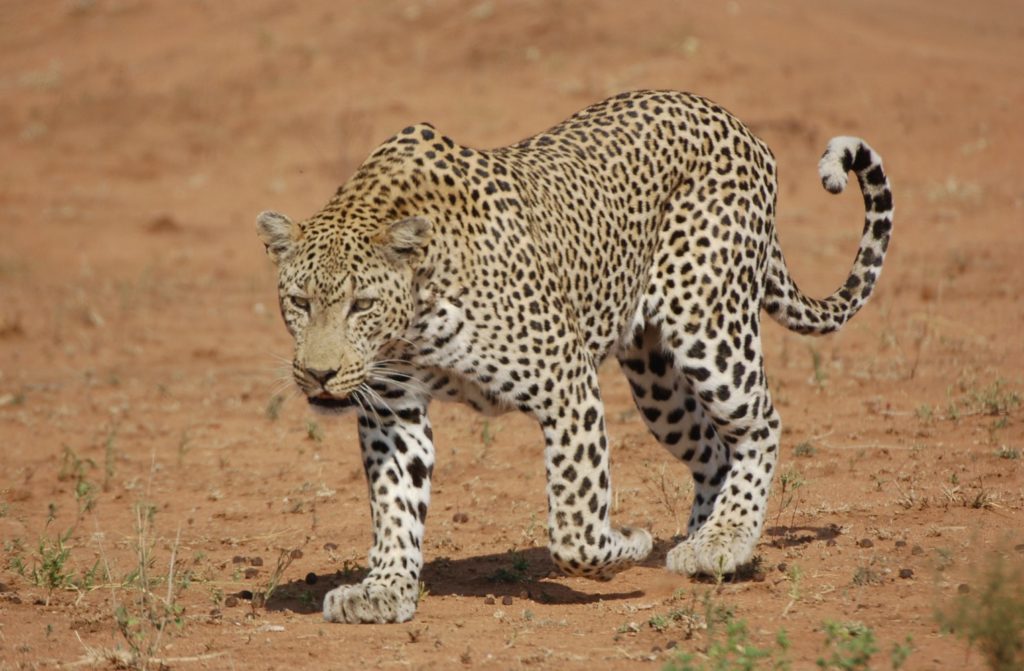
Spotted leopard subspecies:
- African leopard (Africa)
- Arabian leopard (Arabia)
- Chinese leopard (North China)
- Amur leopard (Korean Peninsula, Northeast China, Russian Far East)
- Indian leopard (Indian subcontinent)
- Indochinese leopard (Southeast Asia)
- Javanese leopard (Java)
- Sri Lankan leopard
- Persian leopard (Central Asia)
The spot – the fingerprint
The spots in a leopard can be considered the equivalent of a fingerprint. It is unique and unique for each individual, so it cannot be confused with any other. A long, muscular torso with a tail that provides an excellent sense of balance, supports the relatively short limbs. The animals are characterized by a fairly large head, on top of which there are round ears. The leopard may resemble an overgrown domestic cat, but we can see the difference by looking at its eyes. Their lifestyle is also typical for this group of mammals. They are outstanding loners, mating only during the mating season. This solitary lifestyle has forced leopards to develop a strategy that will ensure them access to food and help them compete with larger, more dangerous, herd predators.
What do leopards eat?
Mostly they hunt medium-sized animals. They fall prey to young antelopes, river pigs, foxes, and young antelopes. When the opportunity arises to hunt a smaller prey, he will certainly take advantage of it. Their diet is developed by hares, snakes, fish, and lizards.
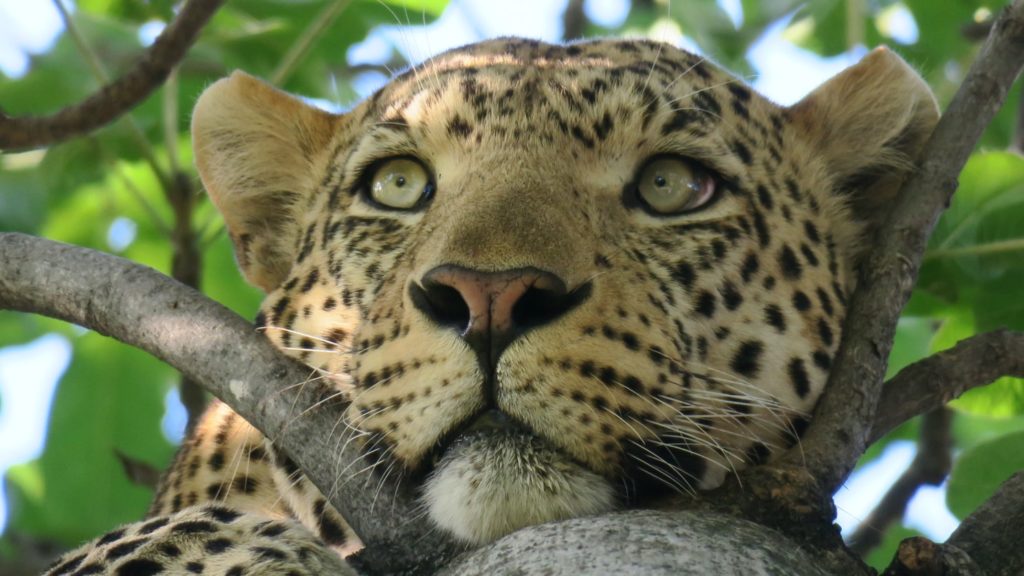
Where do leopards live?
In the wild, they are found only in Africa and Asia. They live in humid forests, dry savannah, and mountainous and flat areas.
The leopard and the jaguar
Quite often they are confused with a jaguar. These cats are very similar to each other. What distinguishes them is their body structure – jaguars are more muscular, while leopards have longer and slender legs. Moreover, they are found in completely different areas.

***INTERESTING FACTS***
- Leopards are fast cats that can move at speeds of up to 58 km / h. They are also super bouncy and can jump 6m forward in the air – that’s the length of three adult lying leopards.
- They don’t roar as loud as lions, but leopards can purr too.
- King John kept leopards in the Tower of London in the 13th century.
- Leopards are animals of the felid’s family, which rank fourth among the largest cats in the world. They weigh on average between 60 and 90 kilograms and are found in Central Asia and Africa. It is very often mistakenly assumed that the panther is a different species, but that is an interchangeable name for the leopard. There are both spotted and black leopards, which are called melanistic.
- Leopards have a fantastically developed sense of sight, which means that they can see up to seven times better in the dark than humans.
- Black leopards have more melanin, i.e., a dark pigment, in the body. However, if we have the opportunity to look at them in a very good light, we will notice delicate spots piercing through the almost completely black fur.
- Leopards hunt only after careful observation. Then they approach the victim on bent paws, often hiding in tall grass and therefore not being noticed by it. It is only when the distance between the leopard and the prey is minimal that a violent and brutal attack occurs.
- These cats feed on almost all the creatures they can hunt. So, they are antelopes, monkeys, guinea fowl, lizards, deer, fish, and rodents, which, like birds, a leopard can kill with one blow of a strong paw.
- Leopards can see up to seven times better in the dark than humans.
- They eat fish, antelopes, monkeys, rodents, deer, which is, in fact, almost any prey that is available!
- When a leopard spots a potential meal, it approaches with its legs bent and its head low so as not to be seen. It then carefully and quietly tracks its prey until it is five to ten meters in range.
- Small prey, such as small birds or mice, will receive a fatal blow from the cat’s paw.
- Leopards are solitary creatures that only spend time with others when mated or raised young.
- Their spotted coat camouflages them, making them blend in with the leaves of the tree. They often drag their prey to trees to prevent them from being taken away by other animals.
- The leopard has a great sense of orientation. A group of animals caught in the Nairobi area and transported 320 km from Tsavo Park, returned to their territory after a few weeks.
- It is much more difficult to track a leopard than, for example, a lion or a tiger, because it can hide perfectly in the mountains, among the rocks.
- This species manages to protect itself from conflicts thanks to hunting according to certain rules. They hunt only in their area, so as not to take food from their neighbors.
- After the leopard is born, they cannot open their eyes for about 10 days. Their behavior and appearance resemble ordinary domestic cats. They are, after all, their smaller cousins.
- Their beautiful, blotchy hair gives them a unique look, but is primarily used for camouflage. Dark spots on a light background mean that leopards can hide in tree leaves, bushes, and tall grass. They are almost invisible there.
- Leopards are not very social. They definitely prefer to spend time alone and can only be seen together when copulating or caring for juveniles. Then the female creates a lair for small panthers, and then often changes its location to protect them from threats from other predators.
- Leopards are excellent runners. They can reach speeds of up to sixty kilometers per hour, as well as jump several meters in the air.
- Leopards climb trees to rest there or observe other creatures that will most likely soon become the target of their attack and a meal. They also have the ability to climb downwards from a tree.
- The situation of leopards in the areas where they occur is extremely different. In Asia, they are threatened with extinction, and in Africa there are over half a million of them, which is ten times more than other wild cats.
- Leopards are well known for their cream and golden spotted fur, but some have black fur with dark spots. These black leopards are often confused with panthers.
- African leopards are members of the cat family. They are excellent predators and often transfer their prey to trees so that it cannot be stolen by hyenas or lions.
- Adult leopards are solitary animals. Each adult leopard has its own territory in which it lives.
- African leopards are most common in sub-Saharan Africa, but they also live in northern and southern Africa. They can live in many different climates: desert, rainforest, mountain, and savannah.
- Snow leopards have thick gray hair. There are black spots on the coat. They have pale green eyes.
- All cats are good swimmers. But most of them don’t like it. Their hair becomes heavy with water which slows them down.
- They have slender, powerful bodies and can run at speeds of up to 57 kilometers per hour. They are also excellent swimmers and climbers; they can jump long distances.
- In captivity, leopards can live up to 23 years, but their average life expectancy in the wild is around 12 years.
- The leopard is the fourth largest predatory cat in the world after the lion, tiger, and Jaguar.
- They are found mainly in Africa and Asia.
- Leopards climb trees to rest or to track down a prey for a hunt.
- They can climb downwards from a tree.
- Leopards can jump up to 7 meters.
- The Persian leopard is the largest leopard, it measures about 190 cm.
- The leopard is extremely strong, it can carry much heavier prey to a tall tree where other predators will not reach.
- In Africa, leopards are 10 times more than all lions, cheetahs, and tigers (over half a million).
- In Asia, leopards are threatened with extinction. There are fewer than 30 species in the wild.
- Leopards hunt mainly at night.
- The Indian leopard shares its geographic distribution with other large cats, such as the Asiatic lion, snow leopard, and Bengal tiger.
- The leopard has 27 subspecies, e.g., African, Indian, and Persian leopards. The snow leopard is related to the leopard but is considered an independent species.
- Snow leopards live in northern Pakistan, Uzbekistan, the Himalayas, Tajikistan, eastern Afghanistan, Kazakhstan, Kyrgyzstan, Bhutan, Nepal, Mongolia, and India.
- Leopards feed on antelopes, deer, and wild boar.
- The leopard’s tail is almost as long as its entire body. This helps him to keep his balance and allows him to make sharp turns quickly.
- The leopard is a predator that loves to ambush and is very good at sneaking up on prey very slowly and patiently.
- The young stay with their mothers for 12-18 months, after which they become solitary animals.
- Leopards hunt farm animals only when circumstances force them to do so, i.e., the lack of natural prey in their environment. There are also unpleasant incidents when a man becomes a leopard’s dinner.
- In the first half of the twentieth century, a man-eater panther was prowling in India, with 125 people under its belt. For eight years, the inhabitants of the Indian countryside were terrorized by it and almost did not leave their farms out of fear. But this was no problem for the hungry panther, who had learned to open doors, climb in through windows, and even destroy the walls of mud huts. At a critical juncture, the British Parliament had to intervene, sending Jim Corbett, the famous hunter, to the places. In 1925, Corbett killed the leopard and years later restored the village to peace.
- Leopards are sensational in the field and can return to the area they live in, even when they are taken away hundreds of kilometers away.
- Leopards are very often confused with jaguars, and this is no wonder. These cats are very similar to each other, although jaguars are more athletic. The amateur is unlikely to find the difference, but the area of distribution, which is very different in both cases, can help.
- The spotted coat of leopards is unique to each of them, and it is impossible to find two identically colored individuals. They are the feline equivalent of human fingerprints.
- They are among the most enigmatic animals’ scientists have encountered. Even when confined, they remain so alert and focused on their surroundings that it is difficult to observe their natural way of life.
- These cats are extremely strong. This is evidenced by the fact that they are capable of dragging a victim much heavier than they are. A hunted antelope or deer high in the tree crown are protected against other predators.
- Leopards hunt mainly at night and only in their territory, thus avoiding conflicts with other leopards in their area.
- The panther is pregnant for almost thirteen weeks, and then two or three cubs are born. Only after ten days are they able to open their eyes, and their behavior resembles the most ordinary domestic cats.
- A delicacy that leopards love is baboon meat. Monkeys do not live very peacefully around such excellent hunters and climbers as leopards.
